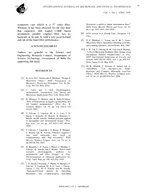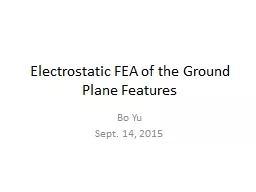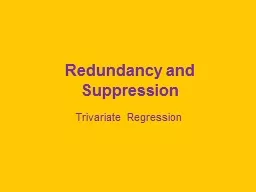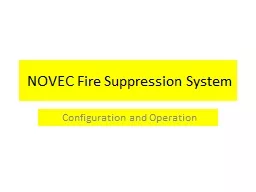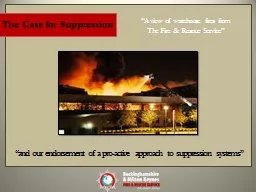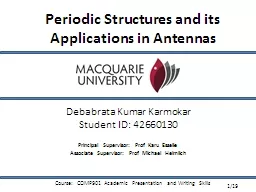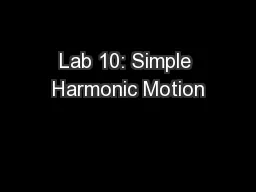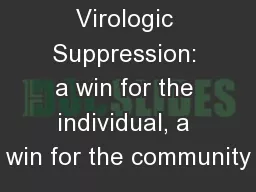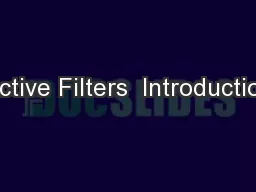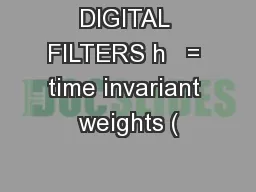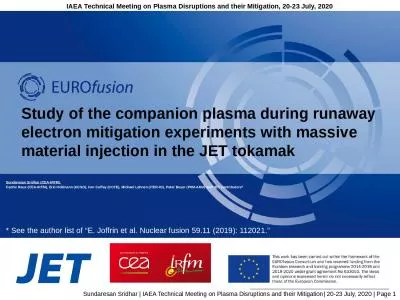PDF-Stop Band Characteristics for Periodic Patterns of CSRRs i n the Ground Plane and its
Author : conchita-marotz | Published Date : 2015-01-15
S Karthikeyan Electronics and Communication Engineering Indian Institute of Technology Guwahati 781039 I ndia Tel 913612582514 Fax 913612582542 Email krsiitgernetin
Presentation Embed Code
Download Presentation
Download Presentation The PPT/PDF document "Stop Band Characteristics for Periodic P..." is the property of its rightful owner. Permission is granted to download and print the materials on this website for personal, non-commercial use only, and to display it on your personal computer provided you do not modify the materials and that you retain all copyright notices contained in the materials. By downloading content from our website, you accept the terms of this agreement.
Stop Band Characteristics for Periodic Patterns of CSRRs i n the Ground Plane and its: Transcript
Download Rules Of Document
"Stop Band Characteristics for Periodic Patterns of CSRRs i n the Ground Plane and its"The content belongs to its owner. You may download and print it for personal use, without modification, and keep all copyright notices. By downloading, you agree to these terms.
Related Documents

